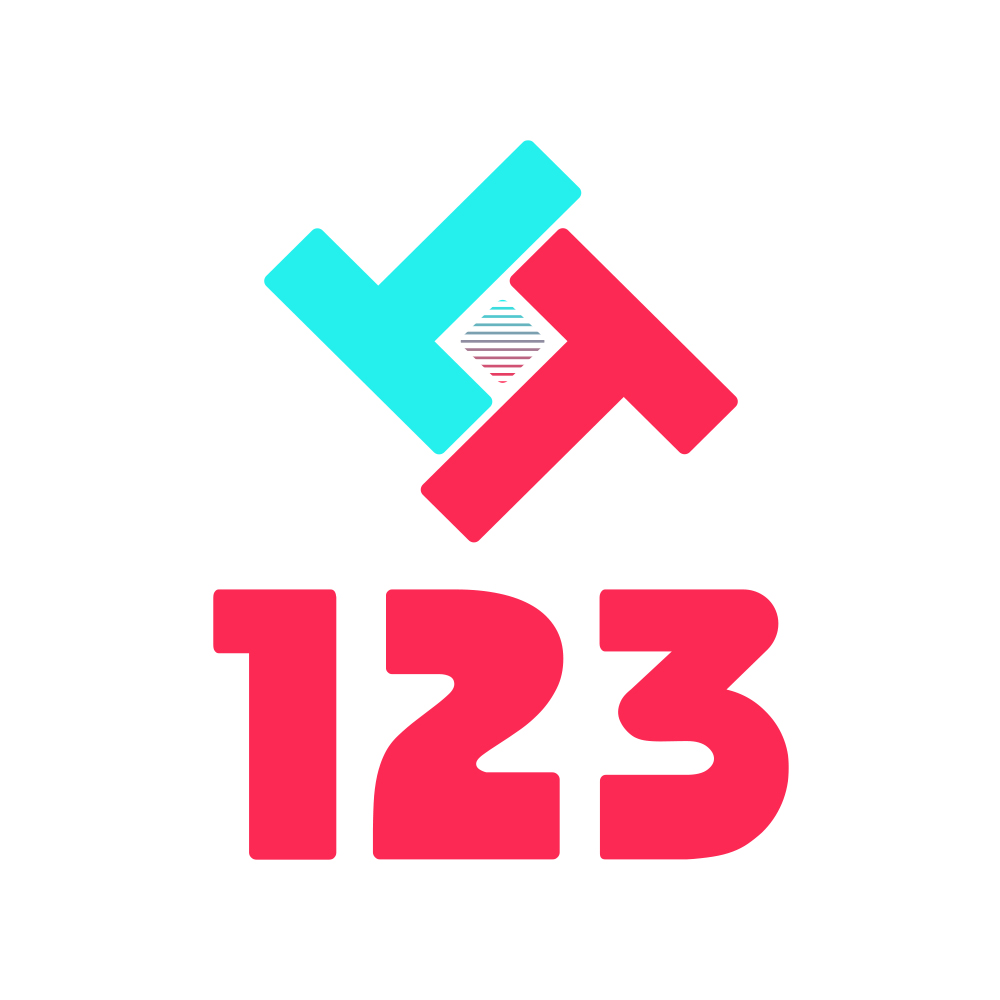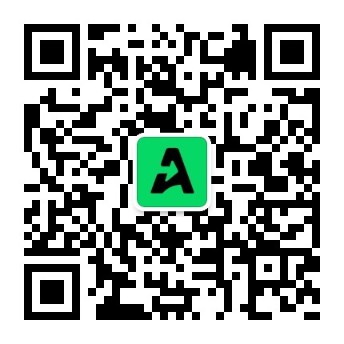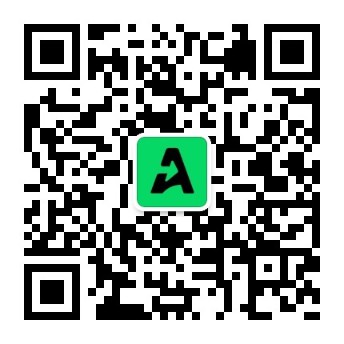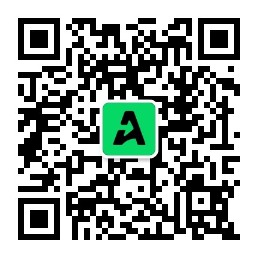亚马逊儿童用品玩具CPC认证CPSIA测试婴儿床ASTM F2906-16

很多客户有困惑,我的产品出口美国到底要不要做FCC SDOC?哪些产品可以豁免不做FCC SDOC?
§ 15.103 豁免设备。
以下设备仅受§§ 15.5和15.29 中的一般操作条件的约束,不受本部分包含的特定技术标准和其他要求的约束。当委员会或其代表发现该设备正在造成有害干扰时,应要求豁免设备的操作员停止操作该设备。在导致有害干扰的情况得到纠正之前,不得恢复运行。虽然不是强制性的,但强烈建议豁免设备的制造商努力使设备满足本部分中的特定技术标准。
( a )专门用于任何运输工具(包括机动车辆和飞机)的数字设备。
( b )专门用作公共事业或工业工厂使用的电子控制或电力系统的数字设备。公用事业一词仅包括位于公用事业拥有或租赁的专用建筑物或大房间内的设备,不包括安装在用户设施中的设备。
( c )专门用作工业、商业或医疗测试设备的数字设备。
( d )专门用于电器的数字设备,例如微波炉、洗碗机、干衣机、空调(中央或窗户)等。
( e )专用医疗数字设备(通常在有执照的医疗保健从业者的指导或监督下使用),无论是在患者家中还是医疗机构中使用。非专业医疗器械,即通过零售渠道销售供公众使用的器械,不属于豁免范围。此豁免也不适用于用于记录保存或任何与医疗没有直接关系的目的的数字设备。
( f )功耗不超过 6nW 的数字设备。
( g )操纵杆控制器或类似设备,例如鼠标,与数字设备一起使用,但仅包含非数字电路或将信号转换为所需格式的简单电路(例如,用于模数转换的集成电路)被视为无源附加设备,本身不直接受技术标准或设备授权要求的约束。
( h )产生的最高频率和使用的最高频率均小于 1.705MHz 且不通过交流电源线运行或包含在连接到交流电源线时运行的规定的数字设备。包括或提供使用电池消除器、交流适配器或电池充电器的数字设备,这些设备允许在充电时运行或间接连接到交流电源线,通过连接到交流电源线的另一个设备获取电源,不属于此豁免范围。
( i )责任方应注意,包含多个装置的设备不能免除本部分的技术标准,除非该设备中的所有装置均符合免除标准。如果所包含的设备中只有一个符合豁免条件,则设备的其余部分必须符合任何适用的法规。如果设备执行多项功能并且所有这些功能不符合豁免标准,则该设备不符合豁免条件。
源文条款
§ 15.103 Exempted devices.
The following devices are subject only to the general conditions of operation in §§ 15.5 and 15.29 and are exempt from the specific technical standards and other requirements contained in this part. The operator of the exempted device shall be required to stop operating the device upon a finding by the Commission or its representative that the device is causing harmful interference. Operation shall not resume until the condition causing the harmful interference has been corrected. Although not mandatory, it is strongly recommended that the manufacturer of an exempted device endeavor to have the device meet the specific technical standards in this part.
(a) A digital device utilized exclusively in any transportation vehicle including motor vehicles and aircraft.
(b) A digital device used exclusively as an electronic control or power system utilized by a public utility or in an industrial plant. The term public utility includes equipment only to the extent that it is in a dedicated building or large room owned or leased by the utility and does not extend to equipment installed in a subscriber's facility.
(c) A digital device used exclusively as industrial, commercial, or medical test equipment.
(d) A digital device utilized exclusively in an appliance, e.g., microwave oven, dishwasher, clothes dryer, air conditioner (central or window), etc.
(e) Specialized medical digital devices (generally used at the direction of or under the supervision of a licensed health care practitioner) whether used in a patient's home or a health care facility. Non-specialized medical devices, i.e., devices marketed through retail channels for use by the general public, are not exempted. This exemption also does not apply to digital devices used for record keeping or any purpose not directly connected with medical treatment.
(f) Digital devices that have a power consumption not exceeding 6 nW.
(g) Joystick controllers or similar devices, such as a mouse, used with digital devices but which contain only non-digital circuitry or a simple circuit to convert the signal to the format required (e.g., an integrated circuit for analog to digital conversion) are viewed as passive add-on devices, not themselves directly subject to the technical standards or the equipment authorization requirements.
(h) Digital devices in which both the highest frequency generated and the highest frequency used are less than 1.705 MHz and which do not operate from the AC power lines or contain provisions for operation while connected to the AC power lines. Digital devices that include, or make provision for the use of, battery eliminators, AC adaptors or battery chargers which permit operation while charging or that connect to the AC power lines indirectly, obtaining their power through another device which is connected to the AC power lines, do not fall under this exemption.
(i) Responsible parties should note that equipment containing more than one device is not exempt from the technical standards in this part unless all of the devices in the equipment meet the criteria for exemption. If only one of the included devices qualifies for exemption, the remainder of the equipment must comply with any applicable regulations. If a device performs more than one function and all of those functions do not meet the criteria for exemption, the device does not qualify for inclusion under the exemptions.

我们建了一个亚马逊卖家交流群,里面不乏很多大卖家。
现在扫码回复“ 加群 ”,拉你进群。
热门文章
*30分钟更新一次































